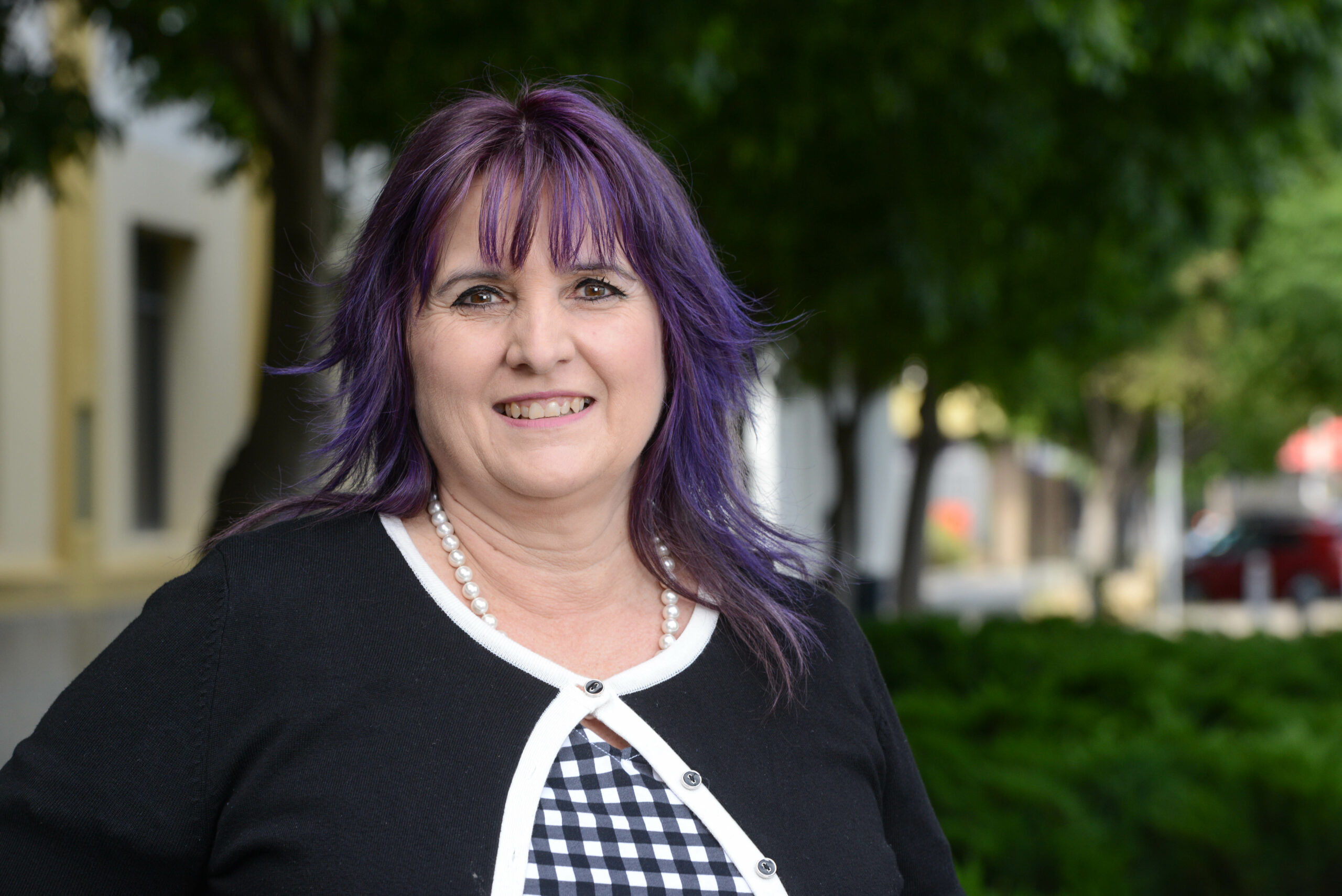Regional Health Network Puts Virtual Health Connection At The Centre of Better Aged Care
With increasing numbers of older people with complex needs seeking hospital care the rapid applied translational research initiative State Action on Avoidable Rehospitalisations and Unplanned Admissions (STAAR-SA) project is delivering innovative and significantly improved pathways of care for older South Australians.
The STAAR-SA project, funded by a Medical Research Future Fund Rapid Applied Research Translation Grant and facilitated by Health Translation SA, has brought together the full scope of health and aged care experts and practitioners with consumers to work together to develop models of care designed to improve health outcomes for older people and reduce avoidable hospitalisations.
In just one example of how STAAR-SA’s Quality Improvement Collaborative is building a culture of innovation in aged care, SA Health’s Rural Support Service (RSS) piloted a six-month project in partnership with the Riverland Mallee Coorong Local Health Network (RMCLHN) that has already delivered significant results in reducing hospitalisations for older people in its community.
RMCLHN is the largest provider of Home Care Packages (HCP) in regional South Australia and supports more than 300 older Australians to remain in their homes, by providing health, domestic and social support.
A key focus of the project was to forge closer collaborations across Aged Care Assessment Teams, HCP Community Support Workers and the Virtual Clinical Care Home Telemonitoring Service.
Through significantly improved networking among local hospitals, doctors and staff involved in these services, the RMCLHN trial showed that early intervention through home telemonitoring prevented 31 emergency department presentations and 22 hospital admissions between January and June 2021.
These positive outcomes were a result of boosting HCP Community Support Workers’ capacity to identify older consumers who were at the greatest risk of decline using an instrument to measure activities of daily living; weight and nutrition; awareness; condition; cognition and social engagement (AWACCS).
The most vulnerable older people with complex health problems were then referred to the RSS Virtual Clinical Care Home Telemonitoring which provides in-home tools to record daily health statistics that can be remotely monitored by specialist nursing staff.
While the Virtual Clinical Care Home Telemonitoring Service was established in 2015 and has a long history of reducing hospital presentations and admissions for people with chronic conditions, new links between this service and the staff delivering care and support in the home were developed through the STAAR-SA project.
The RSS Manager of Service Initiatives, Andrea Church, says while the goal of the project was to see if a more integrated service delivery model would reduce unwarranted hospitalisations, empowering health workers and consumers through education was also a key focus.
The established outcomes for the project were to:
- Upskill Community Support Workers about chronic disease self-management and use of the AWACCS Instrument to document any identified changes (including improvements) in consumer health.
- Test whether the addition of remote home telemonitoring reduces unplanned emergency department presentations and/or admissions to hospital, for at-risk older people living in their own homes.
- Improve consumer self-management skills by increasing their knowledge of their own health conditions and giving them the confidence to implement their action plan when their condition changes.
“Many of the frailest people are dealing with a range of comorbidities – from diabetes, and arthritis, to asthma, emphysema and heart failure and other cardiac conditions,”
Andrea Church
“They can have between 10 and 20 medications to manage, and they all live in different household circumstances, many living alone, so their health issues can be daunting and stressful.
“The Virtual Clinical Care Home Telemonitoring Service proved invaluable in helping to assess and triage consumer needs, whether that be changes to the medications prescribed, referrals to allied health professionals, recommending dietary improvements, or liaising with often over-stretched GP practices to ensure consumers at risk of hospitalisation are prioritised.
“Qualitative feedback from the project has also been positive with both consumers and health care workers reporting an improvement in health care knowledge and feeling more empowered to make important decisions that will support them to age in place and reduce stressful and avoidable hospitalisations.”
The success of the project is now the basis for further assessment to see if a roll out of this connected-up home care model can be applied in other regional communities across the state.
Further information about the Virtual Clinical Care Home Telemonitoring Service can be found on the SA Health Website – Virtual Clinical Care, or by emailing VCChub@sa.gov.au
This project was supported by the Australian Government’s Medical Research Future Fund (MRFF) as part of the Rapid Applied Research Translation program.















